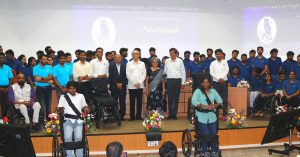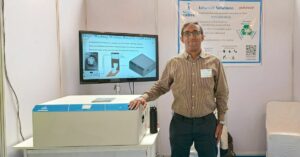Industry Buildings Use over 3 Lakh Litres of Water for Cooling. This Tech Brings It down to Zero.
An air conditioner that consumes 40-60% less electricity than normal and zero water in the cooling process? This technology is a reality today, thanks to two men who are not just saving their clients huge bills, but also saving the environment. Here’s the nitty gritty of it.
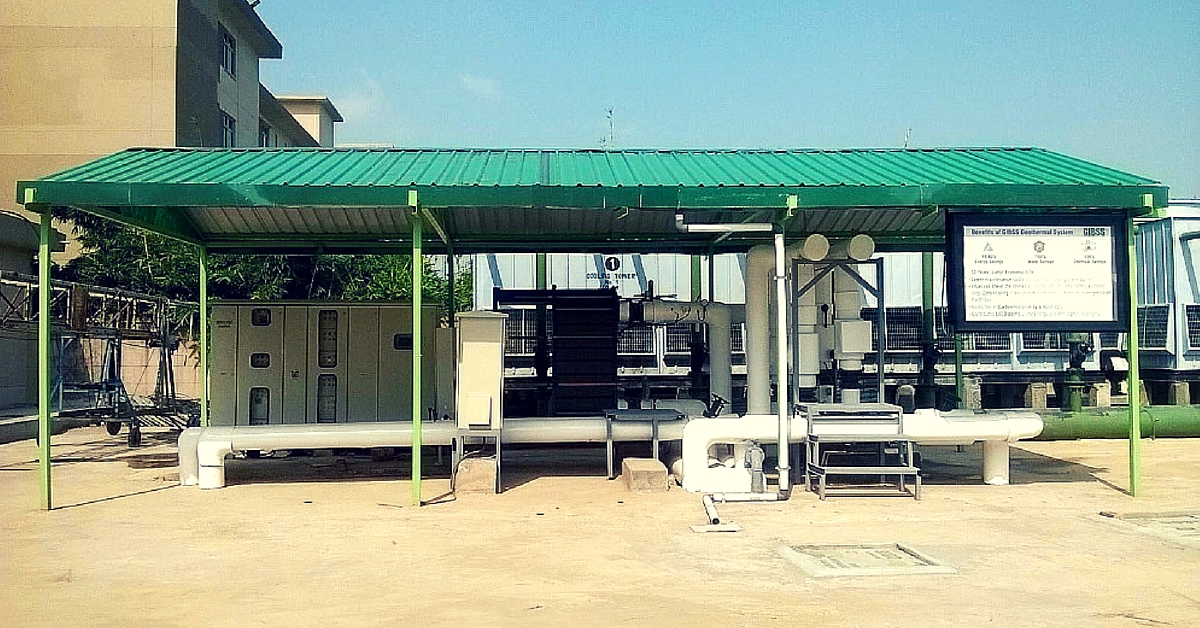
An air conditioner that consumes 40-60% less electricity than normal and zero water in the cooling process? This technology is a reality today, thanks to two men who are not just saving their clients huge bills, but also saving the environment. Here’s the nitty gritty of it.
“Depending on the amount of cooling required, a typical IT company building or a large industrial plant uses about 25,000 units of electricity and between 3-5 lakh litres of water each day — supplied through tankers or ground water for air conditioning or process cooling. This is equivalent to the water that was carried by a 50 wagon train to drought hit Latur district in Maharashtra just a few days back. And all of this water is completely lost to the atmosphere through evaporation, which is the fundamental principle on which traditional commercial and industrial air conditioning systems operate,” says Arun Shenoy, one of the founders of a Mumbai-based start-up named Green India Building Systems and Services (GIBSS), which is a pioneer in the field of geothermal cooling technology and helps eliminate the use of water and reduce the energy required for our air conditioning needs.
GIBSS has devised a solution that makes use of the ground as a heat sink in place of the atmosphere in the cooling process.
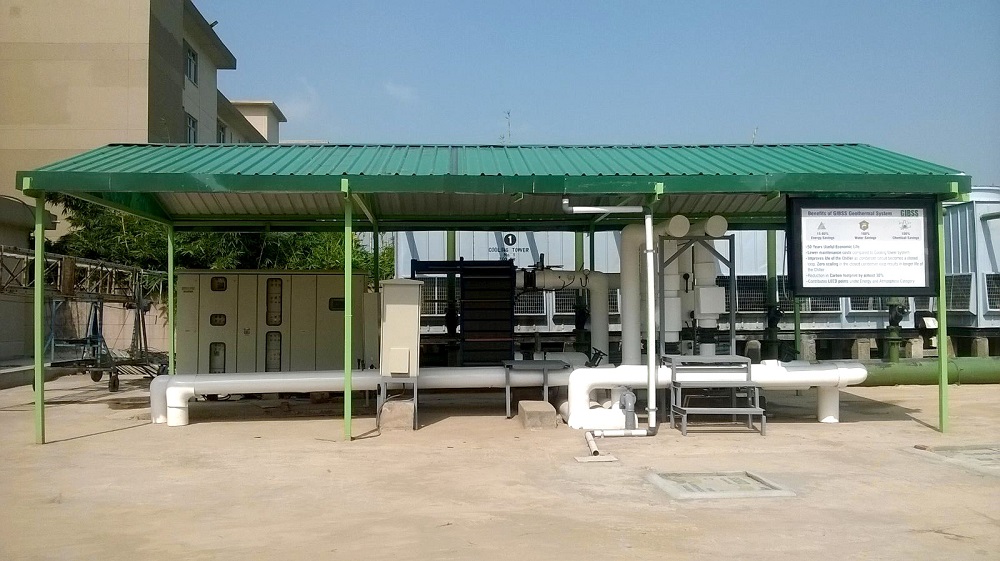
Explaining this concept in layman’s terms, Arun says – “A traditional air conditioning system rejects heat to the outdoor atmosphere. So if the outside temperature is cooler, our electricity bill is lower and vice-versa. Basically, if you want a 22-23 degree Celsius environment in a room, and it is around 45 degrees outside, then the heat inside the building has to be pumped out to an already hot atmosphere. So, the AC works like a pump. If you want to pump water to the first floor of a building, you need X amount of energy – to pump the same water to the tenth floor you will need 10X amount of energy. Similarly, if it is hotter outside, the AC has to use more electricity to pump out the inside heat.”
You May Also Like: Can Drinking Water Be Produced from Thin Air? Yes, and It Is Happening Right Here in India!
A majority of commercial and industrial air conditioning systems in India are water based. This means that while a substantial amount of energy is being used to pump heat from inside the building, the medium of this heat transfer is water, which acts as a cooling agent and amounts to millions of litres. The main component that is responsible for the heat exchange is an interface known as a cooling tower placed on the building terrace. It interacts with the atmosphere to reject heat by using the principle of evaporation. Cooling towers have large fans that continuously rotate to cool down the water that has all the heat from the building. But, in this cooling process, most of this water is lost to the atmosphere through evaporation. It is similar to holding our wet hands under a blower or a fan. While the air cools our hands, all the water in our hands is lost to the atmosphere through evaporation.
A geothermal air conditioning technique uses the cooler ground as the outside atmosphere. The ground, after a certain depth, is much cooler when compared to the atmosphere in most seasons of the year in a tropical country like India.
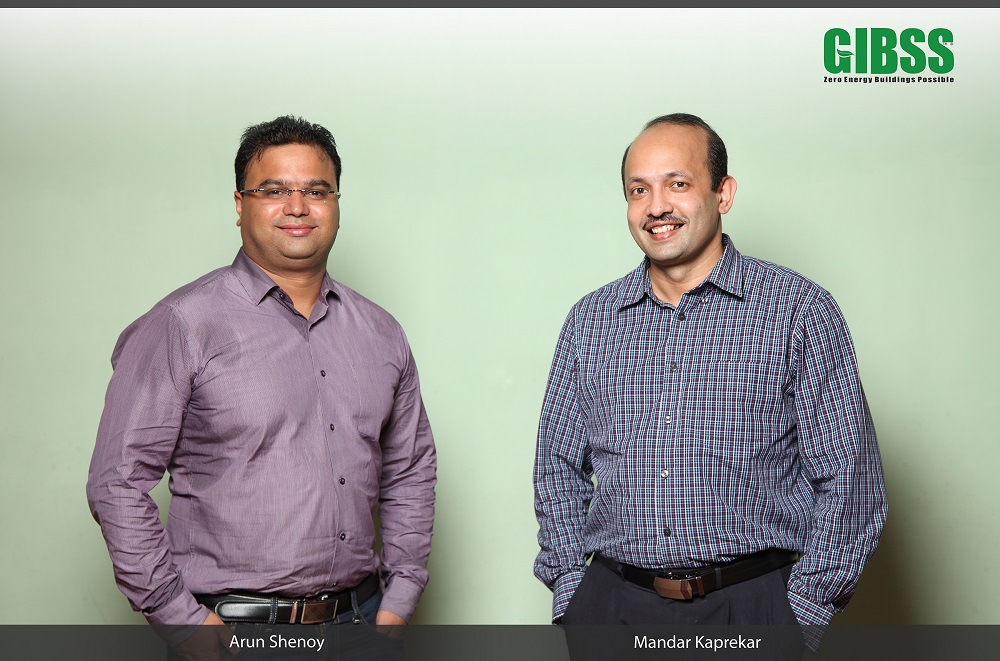
“After about 10 metres, the ground has an undisturbed temperature. In Bengaluru, it is about 26 degrees Celsius and it remains constant throughout the year. The best analogous example for this is well water. The temperature of this water never changes – it is only our perception that changes. In summers we find the well water to be cooler because the outside temperature is higher and in winters we perceive the same water to be warmer. That is exactly how the ground temperature works for air conditioning,” he says.
GIBSS utilized this characteristic of the ground to build underground equipment that can be connected to water-based air conditioners. The AC rejects heat to the ground rather than to the atmosphere. So it has to reject heat to a 26-27 degree Celsius environment because of which the electricity bill is substantially reduced. During peak summer season, the electricity bills come down by about 40-60%. Additionally, no evaporation of water takes place throughout this process. The water is circulated within the same loop. The hot water exchanges heat with the ground, regains its original temperature, and is recirculated within the system. This process can save millions of litres of water per day.
You May Also Like: What Can You Get in Return for Throwing Garbage? Free WiFi!
“While we are talking about drought and how to conserve water, one of the best opportunities for commercial and industrial buildings is to save it through this technology. In one of our ongoing projects with an IT campus, we will save 5 lakh litres of water per day,” says Arun – a mechanical engineer who also studied Geothermal Systems at Oklahoma State University, which is the birthplace of geothermal research and technology in the US. Arun founded GIBSS with Mandar Kaprekar in 2010.
The duo spent most of their academic and professional lives in the geothermal space before starting GIBSS. Today, they have a team of 80 people working with them.
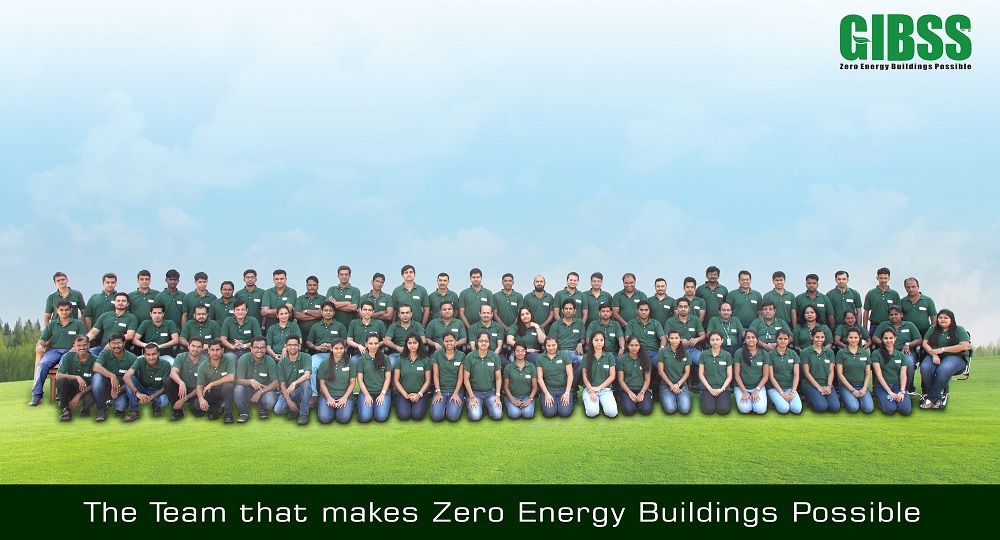
After four years of empirical studies and tests specific to India, the geothermal air conditioning technology was launched by GIBSS two years ago and was installed in the new campus of Indian School of Business (ISB) in Mohali for the first time. The 70 acres campus has been designed with the equipment in a way that it can save 30% in electricity and 13 million litres of water a year – the equivalent of running a tap continuously for 3.5 years! GIBSS is currently working on 18 new installations in India and has filed three patents for the technology. A traditional split AC consumes 1.2 -1.5 KW of electricity for every ton of cooling, and a water based commercial air conditioner consumes 0.8 – 0.9 KW for every ton. But in geothermal cooling, only 0.45 KW of electricity is consumed per tonne.
Additionally, while a traditional water-based AC uses 6-8 litres of water per tonne per hour, geothermal system consumes zero water.

A quick run of an equivalencies calculator from US EPA website for an IT campus using in Bengaluru operating on geothermal system shows the following equivalent savings:

Source: www.epa.gov
*IT campus using 25000 electricity units per day towards air conditioning for 260 days (5 day week) in a year. In addition, the above campus shall also save 60 million litres of water every year.
“Mandar and I grew up in smaller towns and realized very early that energy and water are mostly the two significant bottlenecks for a country like India. We feel that the impact that this technology can create for a resource scarce nation is huge and that is what motivated us to launch this venture. As per the World Wide Fund (WWF), accelerating implementation of geothermal technology can reduce the green-house gas emissions in India by 22 million metric tonnes by 2022. If implemented across India, Geothermal systems have the potential to reduce the National Electricity demand by more than 35% and National Industrial Water demand by more than 30%,” concludes Arun.
You can contact the team by writing to them here.
You May Also Like: Why This Young Mechanical Engineer Quit His Well-Paying Job to Build a Pond in Rural Rajasthan
Like this story? Or have something to share? Write to us: [email protected], or connect with us on Facebook and Twitter (@thebetterindia).
This story made me
- 97
- 121
- 89
- 167
Tell Us More
We bring stories straight from the heart of India, to inspire millions and create a wave of impact. Our positive movement is growing bigger everyday, and we would love for you to join it.
Please contribute whatever you can, every little penny helps our team in bringing you more stories that support dreams and spread hope.






